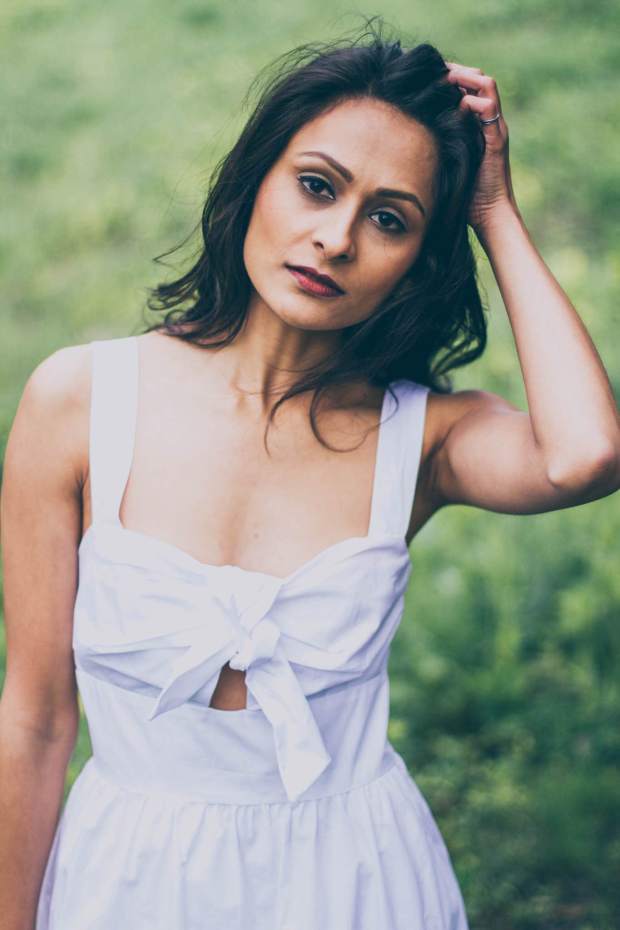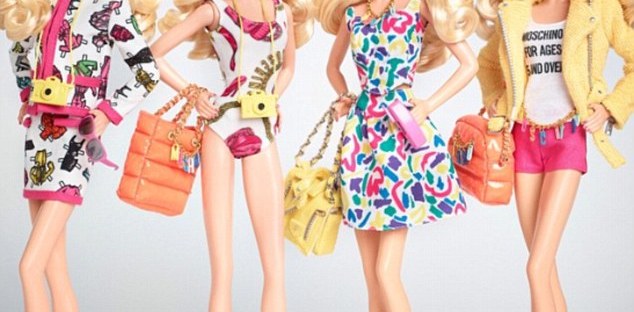Leonardo Da Vinci’s “The Mona Lisa” is considered one of the most beautiful women in the world due to the uniformity in her complexion and perfect symmetry of her features. While symmetry appeals of the human eye, modern studies have indicated that what people assume is symmetry is actually clever painting techniques that manipulate shading, spatial frequency, and the golden ratio. Present day beauty and fashion culture is exactly this—an ingenious tool created by the elite and wealthy few of the world that the media, publishing, beauty and fashion industry utilizes to feed off the anxieties of those that don’t meet these unrealistic standards.
The fallacy isn’t a modern marvel, but stems from centuries of class consciousness. The 1800s were known as the century of the corset, which was originally designed to create smooth lines in fabric for that freshly ironed look. Eventually, it became a means to change the body’s silhouette. More rounder and curvy figures were associated with wealthy lifestyles, specifically those who had access to the luxuries of food and fine wine. Before that, the notion was that fair and skin as white as snow was far superior and more beautiful than darker tones—it was a device that separated the proletarian classes (who spent more time working outside in the sun) from the bourgeois. It’s been a century old dilemma, where a specific theme or archetype has dominated a decade that not many can adhere to–causing social, psychological, and physical issues.
Some examples:
- The Gibson Girl: Slender and tall, voluptuous bust and hips exaggerated through the use of a corset (causing long term side effects to the back and bone structure)
- The Flapper: Foil to The Gibson girl with androgynous & boyish looks. The main goal was to minimize breasts and curvature of the body, which forced many to diet and exercise for the ideal thin, sporty frame and tanned skin.
- The Marilyn Monroe: Aimed towards busty, hourglass figures and the post-war propaganda to maintain flawless skin and never leave home without applying beauty products. It was also part of the new consumerism culture emerging from the remnants of The Great Depression and WW2. Again, women were expected to gain and maintain a certain figure, most famously the “36-24-36” measurements.
- The Twiggy: The 60s recapitulated the beauty ideals of the 20s—minimal chest, thin fame, short, boyish looks, and appearing prepubescent. Many women became obsessed with being underweight and looking “younger”. The following decades saw a dramatic emergence of diet pills and eating disorders.
- The Supermodel or The Barbie: A majority of the 80s and 90s saw the rise of toned, unachievable body types on nearly every magazine cover with emphasis on height, slenderness, bony in appearance, and a waif chic look. This was hugely problematically because the models were way underweight and extremely unhealthy. Not to mention, deceptive on part of print media, cosmetic retailers, and fashion conglomerates.
Even today, there is a very existent culture of unhappiness and insecurity towards one’s own body and looks. Much of today’s culture focuses on contouring and highlighting so the features are symmetrical, pointy, thinner-looking, and showcasing a sharp facial bone structure. Even though, it’s a technique much like Da Vinci’s painting methods. Magazines still Photoshop—using techniques and filters to cover up natural flaws and construct this “perfect beauty”, which honestly doesn’t exist. Not to say that we haven’t made strides because there finally are women of all shapes, sizes, and shades placed on the front page of magazines and chosen as ambassadors for high end brands—a practice that has been absence for the last however many centuries. Yet, the deception is still prevalent. Beauty and style icons that undergo plastic surgery and pass it off as “natural” or “God’s gift” when it reality it’s not. The destruction of self-image and body confidence comes from chicanery.

Natural lighting photo shoot to accentuate my flaws, but also my realness. Minimal makeup with a bare and natural look.
I don’t fit the norm. My skin is patchy, my complexion is never consistent, and filled with lots of freckles and sun spots. I have hereditary dark circles for as long as I could remember. Most of my life has been spent hiding them under glasses even though I have 20/20 vision and recently trying to escape them through Bobbi Brown peach or Mac orange corrector. My lips are small and the top one is barely visible. My nose isn’t symmetric and appears fat from certain angles. I’ve considered plastic surgery (if I had to be honest), but the ramifications of looking like a plastic doll scares me. I don’t have the height of a super model so I know people judge me when I tell them I am one. Back in the day I had whale thighs and chicken legs and lanky arms. Despite the lean, thin frame there are days when I look bloated and I can’t help it. I am completely and utterly flawed. By no means am I a perfect beauty. I don’t think I fit anyone’s definition of beautiful. But I’m real. I like what I see in the mirror and I fit my definition of beautiful even though I do have insecure days. By no means am I a perfect beauty nor ever will be. I just wish more people would embrace “normal beauty” over “perfect beauty”.
What disappoints me the most is when someone tries to sell me a fabricated version of beautiful that is unattainable and a plain lie. Growing up, there weren’t any girls that looked like me in popular culture, on TV shows that I watched, or in magazines that I read; unless it was National Geographic piece on India, but even then I never saws like me. I don’t want that for the future generations and for girls to go through the phrases of insecurity like I did. And despite this new movement to embrace diversity, there is always a slight stigma when someone is different or just simply normal. It shouldn’t be taboo to look normal; it should be taboo to look unrealistic. It shouldn’t be a sin to be flawed, but condemn artificiality and fakeness. It shouldn’t cause uneasiness to be real, raw, and organic; it should trigger happiness. Beauty isn’t this socially construed tangible idea or rhetoric, it’s more than that. It’s the intangible, the eccentricities and oddities, the ordinary that is interesting, and the form you can’t see from the surface but requires you to look deeper.
